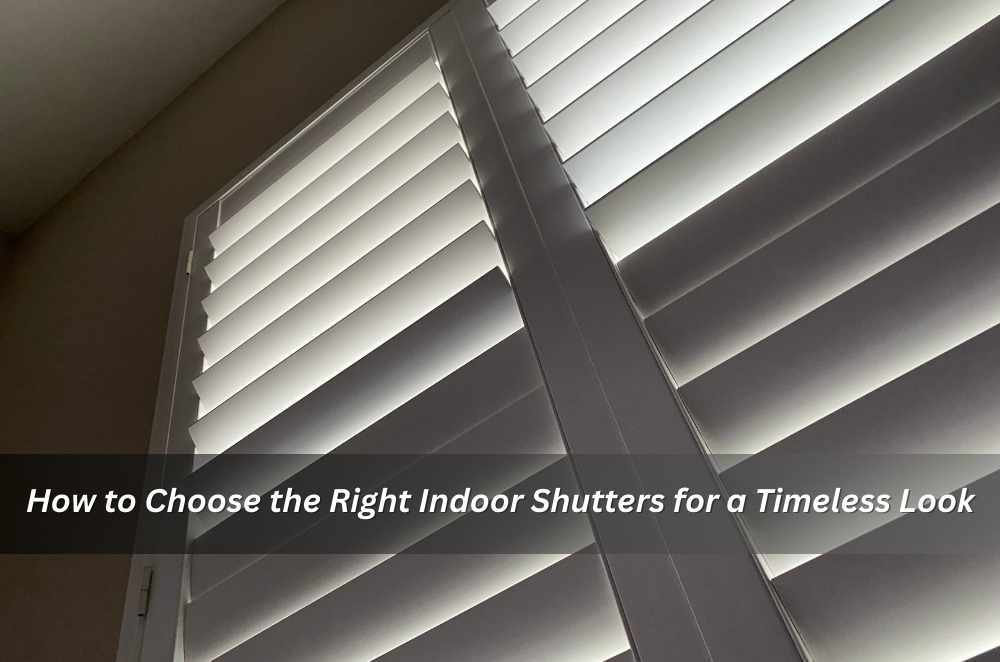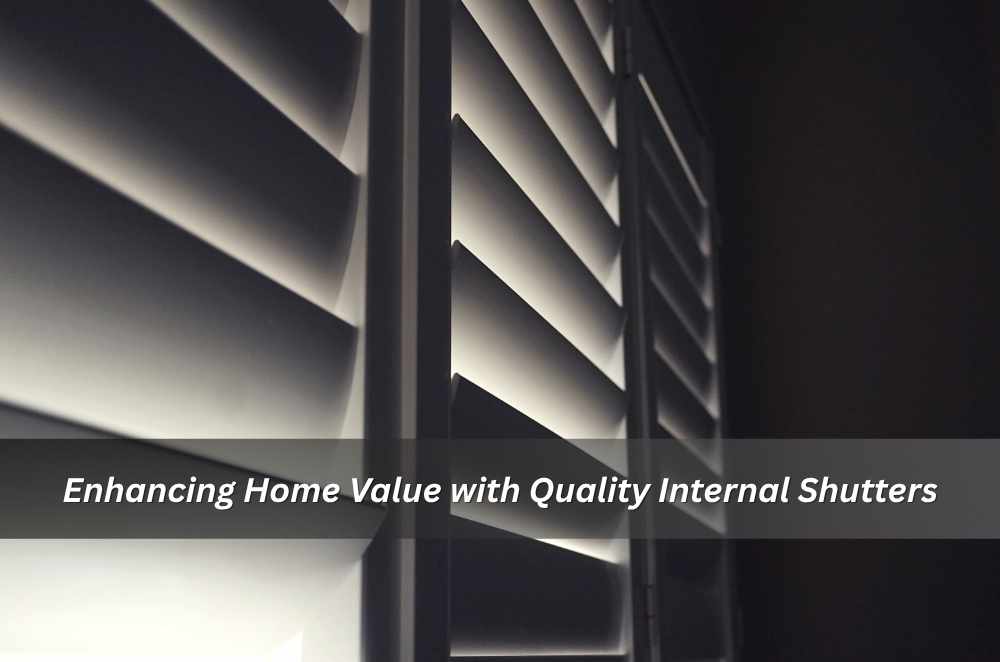
If you’re weighing up shutters for a reno or new build, the big question is cost—per window, across rooms, and over the long term. A quick rule: the price you pay should track material, opening style, and install complexity, not just postcode. For a live sense of styles and finishes, browse the product page and compare what’s included, then sanity-check against real-world examples below. If you want a straightforward starting point, look up how much plantation shutters cost and use this guide to estimate a fair budget before you book a measure.
What actually drives the price
Several levers move the number up or down. Focus on these first:
Material: PVC (great for wet areas), painted timber (classic look), or engineered/hybrid options. Timber usually costs more, especially with custom stains.
Panel size & count: Bigger spans may need more panels or a mid-rail; more panels = more hardware and labour.
Louvre width: Wider louvres cost a touch more but reduce panel count and give a cleaner view.
Open style: Hinged is simple; bi-fold or sliding panels add tracks and installation time.
Shaped windows: Rakes, arches, and bays attract a custom surcharge.
Install complexity: Out-of-square openings, deep reveals, and heritage sills add fitter time.
Finish & colour: Custom colours or stains extend lead time and price.
Quick ballpark language
Retail quotes often land as a per-square-metre or per-opening price with line items for tracks and special shapes. Ask for the quote in both formats so you can compare vendors like-for-like.
Materials: Where to save and where not to
PVC / polymer: Moisture-resistant, ideal for bathrooms and laundries. Slightly heavier than timber; hinges/frames should be spec’d accordingly.
Painted timber: Lighter, warm look, strong in living areas and bedrooms. Needs sensible ventilation around wet zones.
Aluminium (exterior): For outdoor privacy or security; different cost curve and installation.
Practical note: If you’re mixing materials across one elevation, keep colours aligned (e.g., same white code) so the street view reads as one system.
Measuring and fit: Why squareness matters
A good measure makes a cheaper shutter feel expensive. In older homes, openings are rarely perfect.
Inside mount: Clean look; demands squarer openings or careful scribing.
Outside mount: Hides uneven plaster; slightly larger visual frame.
Mid-rail placement: Plan around window locks and handles; an odd mid-rail height can be annoying.
Clearance for handles & flyscreens: Confirm reveal depth so panels actually open.
On one West End timber cottage, we saved a re-make by shifting to outside mounts and nudging mid-rail height to clear old casement latches. The “fit” looked custom—because it was.
Energy and light control (the hidden value)
Well-designed shutters aren’t just pretty—they can cut glare and help with thermal comfort. Adjustable louvres let you block high summer sun, bounce light off the ceiling, and still keep privacy. For a government take on why adjustable shading helps homes feel cooler and brighter, see better shading from plantation shutters. Pair that with sensible cross-ventilation and you’ll rely less on cooling during shoulder seasons.
Sample cost scenarios (so you can sanity-check quotes)
These aren’t your prices; they’re planning models to help you compare quotes logically.
Scenario A — Small bedroom (single window, hinged, PVC):
1.2 m × 1.2 m opening, inside mount, 89 mm louvres, simple hinges.
Expect a basic tier price; add a small allowance for squareness and a mid-rail if the sash lock demands it.
Scenario B — Living room (two wide windows, four panels, timber):
1.8 m × 1.5 m openings, outside mount to hide wonky plaster, 114 mm louvres for the view.
Higher per-opening cost due to timber finish and extra panels; value shows in the room’s daylighting and look.
Scenario C — Sliding door (track system, PVC):
2.4 m wide opening, two-track sliding shutter with finger pull.
Track hardware and labour push the number up; looks great and saves floor space compared with bi-folds.
How to compare quotes fairly
Ask vendors to separate materials, hardware, installation labour, and any “special shapes”.
Match louvre width and panel count across quotes—those two often hide the spread.
Confirm lead time and re-measure policy; a second visit protects both sides.
Bathroom and wet-area notes
Bathrooms are where shutters earn their keep—privacy without steam-trapping curtains.
Favour PVC for moisture; specify stainless or suitable-grade hardware.
Keep louvres wide (89–114 mm) to reduce edges that collect condensation.
Ventilation matters more than material; run extraction and crack a window.
If you’re building a content cluster, a deeper explainer on plantation shutters can cover condensation management, hardware grades, and cleaning routines.
Sliding, bi-fold, or hinged—what’s “worth it”?
Hinged: Cheapest to install, easiest to service, classic look.
Bi-fold: Opens the view completely; adds hardware and alignment work.
Sliding on tracks: Great for doorways and tight rooms; budget for quality tracks.
For a neutral technical explainer on track clearances and planning door stacks, reference sliding plantation shutters.
Installation options and warranties
Professional measure & fit: Worth it in older homes; you’re paying for neat scribing, plumb frames, and a warranty that sticks.
DIY measure, pro fit: Common middle ground if you’re confident with a tape but want a clean finish.
Full DIY: Fine on modern square openings; be honest about your kit and patience.
Always keep order confirmations and final drawings. If a panel arrives out of spec, documents get remade, moving fast.
Maintenance & longevity
Shutters last because they’re simple. Keep them that way.
Dust lightly with a microfibre cloth; a soft brush for corners.
Avoid harsh cleaners on painted timber; a damp cloth is enough.
Check hinges annually; a quarter-turn of a screw cures most squeaks.
Mind the kids and pets: teach “louvres are not rungs.”
Common mistakes (and how to dodge them)
Ordering by rough sizes: Always confirm the final site measure before production.
Ignoring reveal obstacles: Window winders, alarm sensors, and flyscreen tracks can foul panels.
Too many panels: More isn’t always better; wider louvres + fewer leaves often look cleaner and cost less.
Under-speccing wet areas: PVC + proper hardware beats repainting timber every couple of years.
Buyer’s checklist (copy, paste, use)
Material, louvre width, panel count, and open style match across quotes
Inside vs outside mount confirmed; mid-rail height aligns with locks
Lead time, install date range, and re-measure policy in writing
Hardware grade listed (especially for bathrooms/laundries)
Warranty terms (panels, hardware, finish) + who handles claims
Final drawings approved before production
Simulated first-hand: a small fix, big win
On a recent duplex fit-out, our first measure showed one living room reveal out by 10 mm top-to-bottom. The installer flagged it, switched that window to an outside mount with a slightly wider frame, and kept the rest inside-mounted. Cost change was minor; the visual line across the wall stayed consistent. The client would never have spotted the tweak—only the clean result.
Final thoughts
Budget becomes clear when you connect price to material, panel logic, and install complexity. Start with a realistic range per opening, then refine with site specifics and fit choices. If you’re at the planning stage, skim how much do plantation shutters cost to see options and finishes, and use government guidance on adjustable shading and comfort via interior window plantation shutters to weigh the long-term value. Keep materials matched to rooms, confirm the measure twice, and push for like-for-like quotes—you’ll land on shutters that look sharp and age well without paying mystery premiums.





Write a comment ...